August 27, 2025 | 09:43 GMT +7
August 27, 2025 | 09:43 GMT +7
Hotline: 0913.378.918
August 27, 2025 | 09:43 GMT +7
Hotline: 0913.378.918
In the northernmost lands of the country, the Dong Van Karst Plateau is not only blessed with majestic natural landscapes but also holds “pages of history” hundreds of millions of years old. The rock layers and valuable paleontological traces here, if properly conserved and sustainably utilized, will not only enhance scientific value but, more importantly, create opportunities for economic development and poverty reduction for the upland communities.
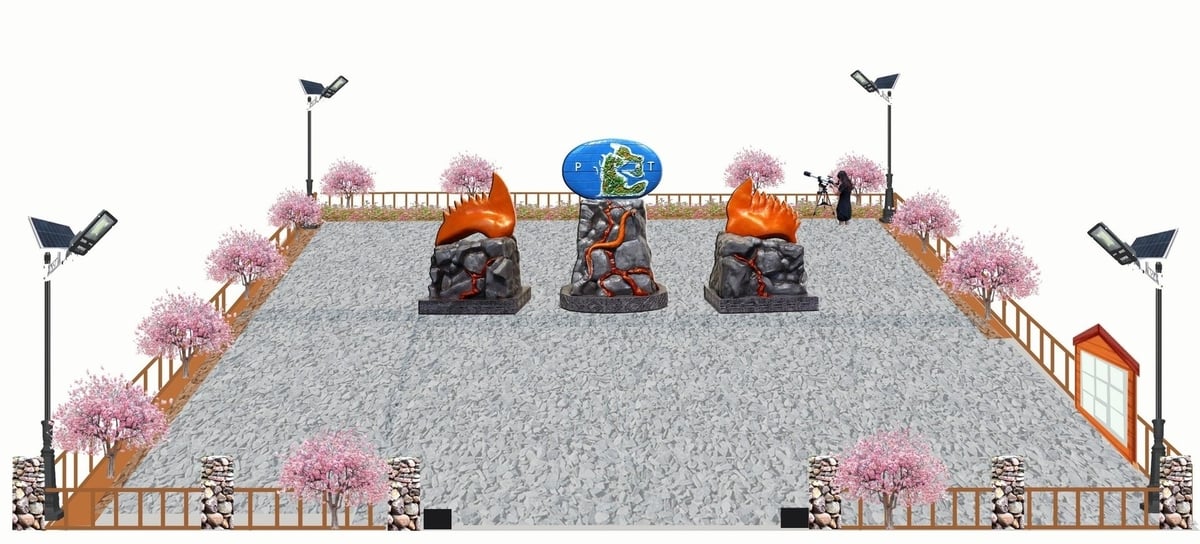
Projected perspective of the Permian-Triassic (P/T) boundary paleontological model at the Lung Cam geological section in Sa Phin commune, Tuyen Quang province. Photo: Lan Chi.
Residents of the core communes within the Dong Van Karst Plateau Global Geopark are traditionally accustomed to farming and raising livestock on rocky slopes. Challenging production conditions and unstable incomes have made poverty reduction a persistent challenge. However, when the values of geological heritage are leveraged for tourism, new livelihood opportunities are gradually emerging.
For example, in Pu Tru Lung village, Sung La commune, Dong Van district, Ha Giang province (now Sa Phin commune, Tuyen Quang province), the model of exploiting the Permian-Triassic (P/T) boundary geological heritage at the Lung Cam section is expected to attract thousands of visitors annually. This could enable dozens of households to offer homestay services, local meals, agricultural products, and traditional handicrafts; while local youth may become tour guides or interpreters. It is projected that 30–45 local workers will secure stable jobs, earning an average income of about 190–230 USD per month - a significant figure for upland areas.
Each visitor to the heritage sites typically spends between 19–27 USD on food, accommodation, and shopping. If the number of visitors increases by 8,000–15,000 per year as projected, additional local revenue could reach 228,000–380,000 USD. This income does not remain as statistics but goes directly to residents through the services they provide.
Figures from the 2024 socio-economic report of the former Sung La commune demonstrate the potential of the paleontological model when linked with national target programs. Over the past year, the commune disbursed more than 128,000 USD from production support projects, including a fattening cattle model for 205 households across 9 villages, helping increase the total livestock herd to over 4,200 heads - 116% above the plan.
Additionally, the new rural development program has improved infrastructure and living conditions: 38 solar lamps, 50 sanitation facilities, water tanks for 36 poor households, and kiosks and stone fences to support community-based tourism.
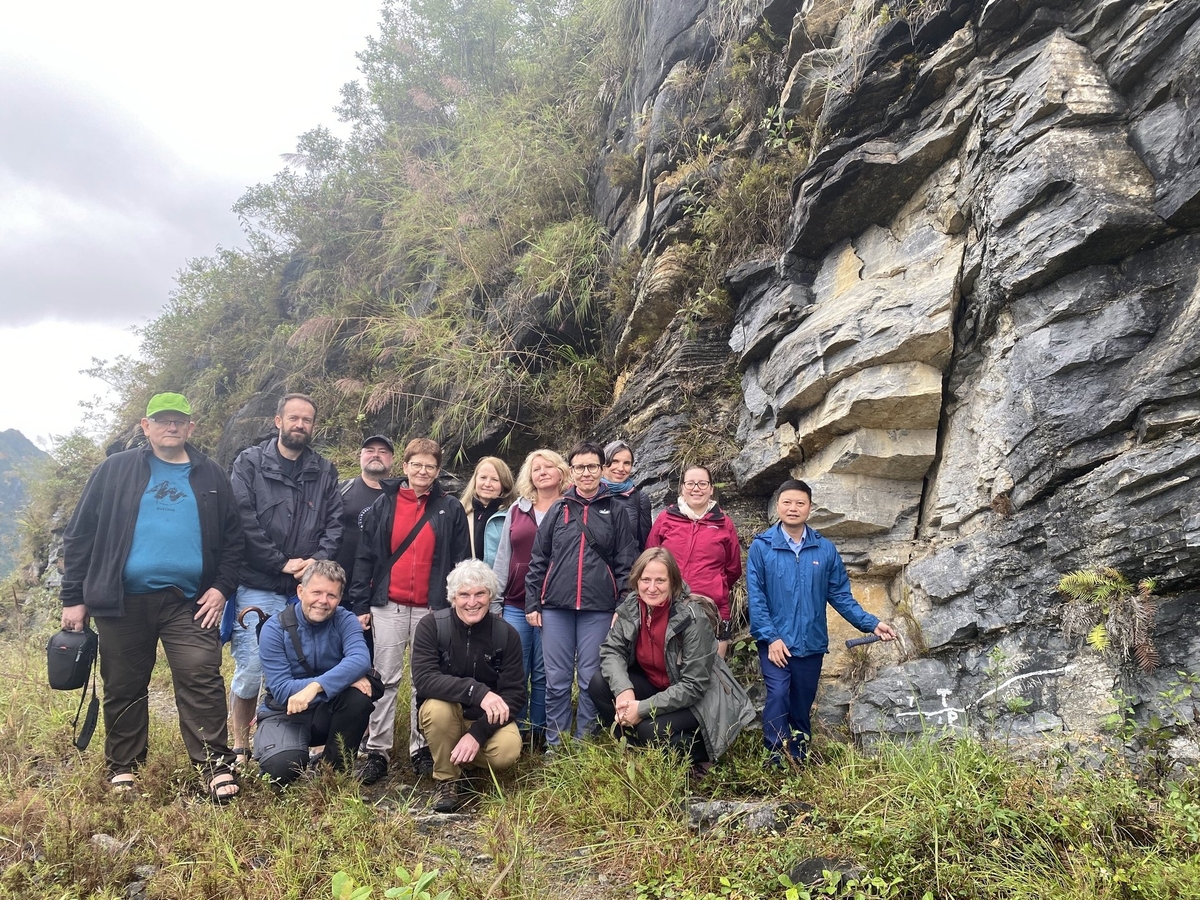
Dr. Nguyen Duc Phong (Institute of Geoscience and Mineral Resources) and a team of Polish experts survey the Permian-Triassic (P/T) boundary in Pu Tru Lung village, Sa Phin commune, Tuyen Quang province. Photo: Mai Anh.
When clusters of geological heritage sites are used, their benefits resonate with national target programs. Residents gain not only additional income from tourism services but also improved infrastructure, more convenient living environments, and diversified production livelihoods.
Dr. Nguyen Duc Phong, Head of the Paleontology and Stratigraphy Department at the Institute of Geoscience and Mineral Resources, believes that once geological heritage clusters are exploited, the synergy between new infrastructure, tourism livelihoods, and poverty reduction programs will be even stronger.
Beyond economic benefits, geological heritage also serves as a valuable educational channel for children and youth in upland areas. Through bilingual interpretive panels, paleontological models, and stories of the mass extinction event over 250 million years ago, these lessons are conveyed in an engaging and easily understandable way. Students not only “learn” from textbooks but also gain hands-on experience directly on their homeland’s terrain.
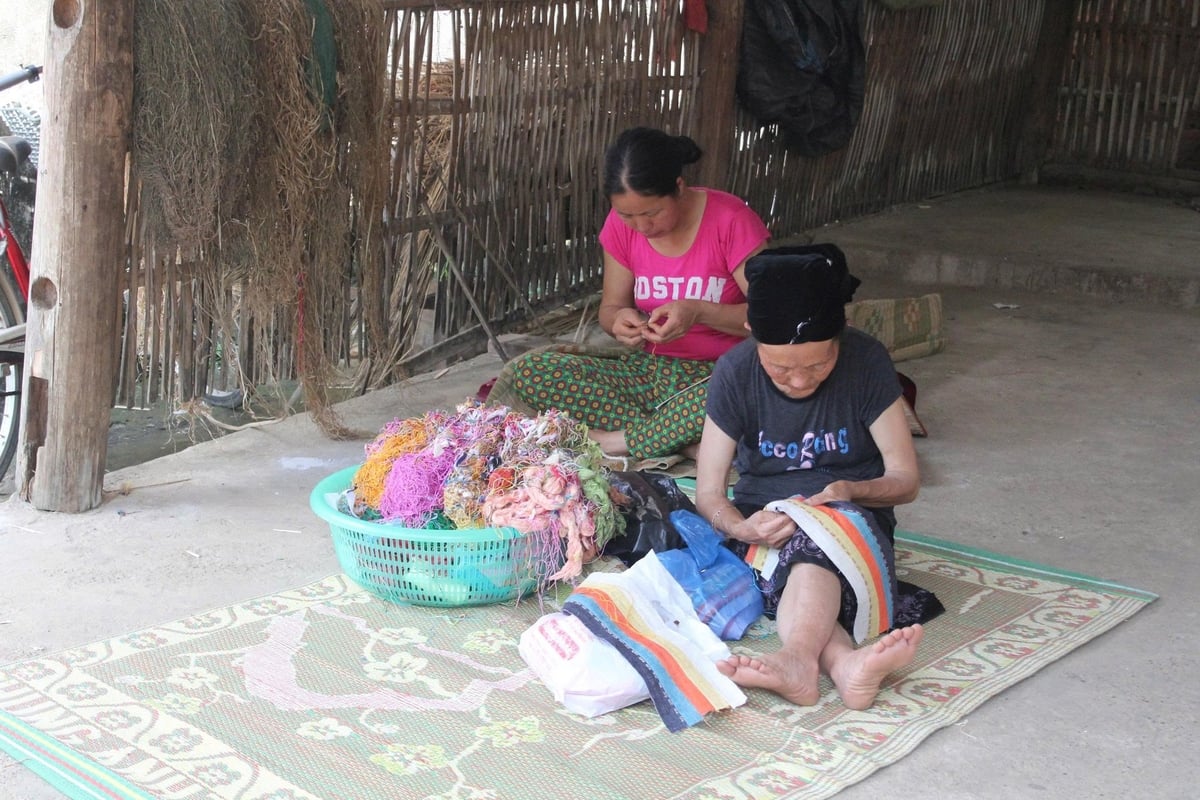
When geological heritage site clusters are developed, residents not only gain additional income from tourism services but also benefit from new infrastructure, more convenient living conditions, and diversified livelihoods. Photo: Lan Chi.
When tourists, especially students from other regions, visit, local children also gain access to new knowledge, raising their awareness of environmental conservation and fostering appreciation for their homeland’s heritage. This provides an important foundation for the younger generation to not only stay connected to their community but also learn how to generate wealth from their cultural and geological resources.
The story of Pu Tru Lung demonstrates that heritage conservation does not mean “locking it away” in a museum. When integrated with daily life, heritage can become a sustainable development resource: creating jobs, increasing income, expanding educational opportunities, and helping communities escape poverty.
For the upland areas of Ha Giang (now Tuyen Quang), this represents a strategic step: shifting from mass tourism to high-quality tourism linked with conservation and education. Poor residents are the direct beneficiaries, gaining new livelihoods while actively participating in preserving and promoting their homeland's heritage values.

Residents of the core communes within the Dong Van Karst Plateau Global Geopark have long been accustomed to farming and livestock raising on rocky slopes. Photo: Lan Chi.
The heritage model of the Permian–Triassic (P/T) boundary at the Lung Cam geological section in Pu Tru Lung village, Sung La commune, Dong Van district, Ha Giang province (now Sa Phin commune, Tuyen Quang province) is the first paleontological model designed and built by the research team of the Institute of Geoscience and Mineral Resources. This model is part of Ha Giang province’s scientific and technological project titled “Research and investigation of the scientific value of geological heritage along newly constructed or expanded roads to support the conservation and promotion of the Dong Van Karst Plateau Global Geopark” (Project Code: ĐTCN.HG-04/2023). Dr. Nguyen Duc Phong, Head of the Paleontology and Stratigraphy Department, Institute of Geoscience and Mineral Resources lead the project.
The P/T boundary is geological evidence of the largest mass extinction event in Earth’s history, which occurred about 252.2 million years ago, wiping out more than 90% of marine species and 70% of terrestrial species. The heritage site at Pu Tru Lung can be directly correlated with the global stratotype at Meishan (China) and is regarded as a valuable “natural laboratory” for scientific research.
Translated by Phuong Linh
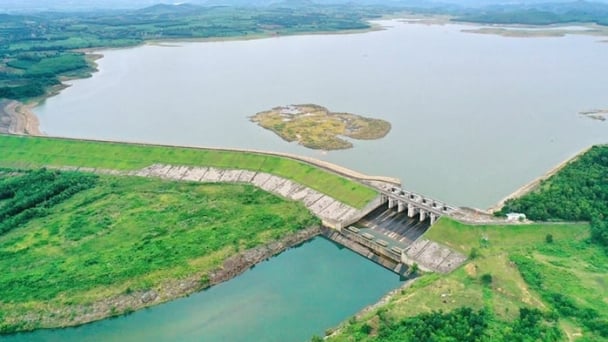
(VAN) In the face of climate change, rapid urbanization, and rising pollution, deploying advanced technologies is an urgent solution for sustainable water resource management.
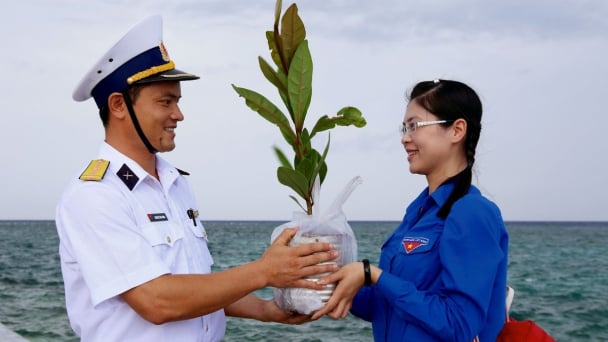
(VAN) MB launched the 'Million green landmarks' campaign to raise funds for tree planting, aiming to green the Truong Sa archipelago and contribute to safeguarding maritime sovereignty.
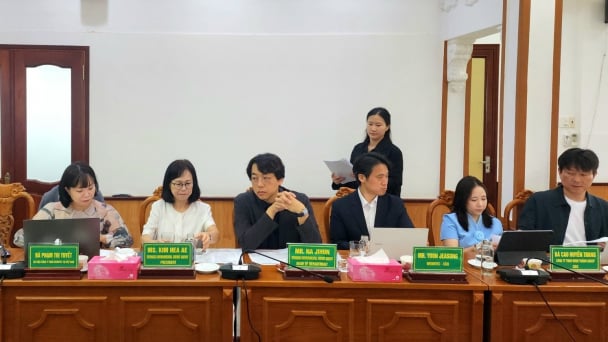
(VAN) A proposed waste-to-energy plant initiative has captured the attention of South Korean enterprises, thereby creating opportunities for collaboration in renewable energy, amidst the increasing pressure to manage waste.
/2025/08/22/5016-5-233850_817.jpg)
(VAN) The merger of Hai Phong and Hai Duong has opened a new chapter, where the advantages of production and logistics converge to create a base for Vietnamese agricultural products to reach the global market.
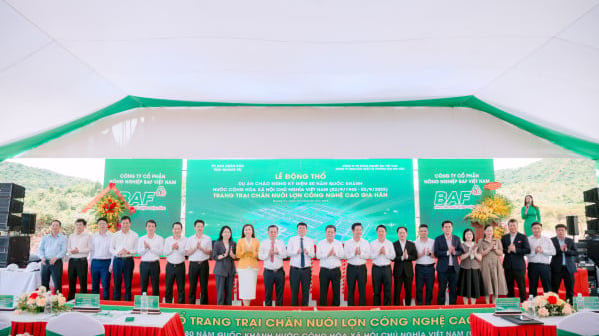
(VAN) On August 19, 2025, BAF Vietnam Agricultural Joint Stock Company (HOSE: BAF) successfully held the groundbreaking ceremony for the Gia Han high-tech pig farming farm.
/2025/08/19/3939-5-183454_678.jpg)
(VAN) Surpassing many international 'big guys,' Vinamilk has been honored by Brand Finance as the world's most promising dairy brand. What has helped this brand create the miracle?